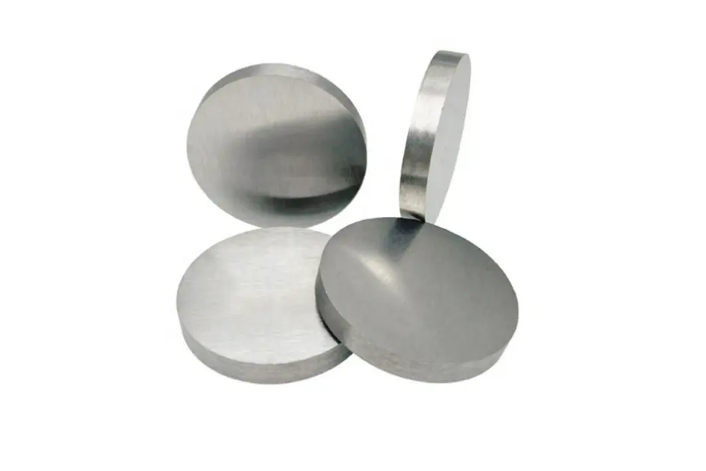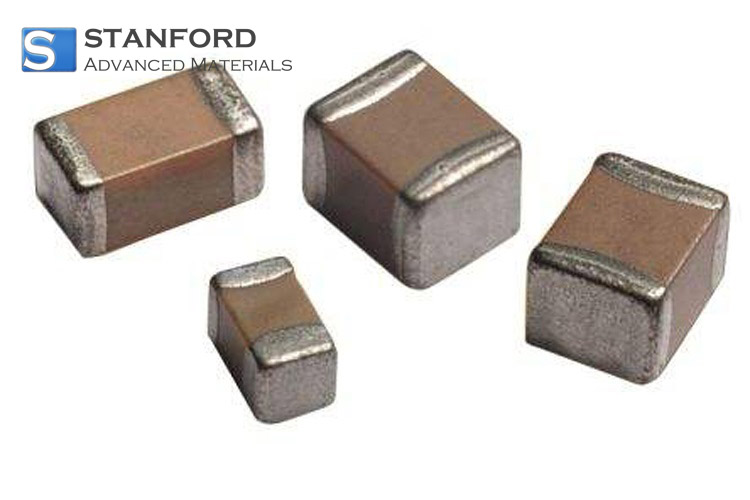What Are The Uses Of Molybdenum In Coating Industry?
Due to the rapid expansion of the electronic information industry, the use of Molybdenum as sputter target has increased in a linear manner. Sputter targets are essential in the production of thin film materials. The improvement of thin film technology followed extensive research on target materials. Applications include flat panel displays, semiconductors, magnetic and optical data storage, solar energy systems, automotive components, glass manufacturing and decorative industries.
Related reading: Various Applications of Molybdenum Coating

Molybdenum Target has properties that meet the requirements of several target materials. It is used in the aircraft display sector, thin film solar cell production, semiconductor manufacturing, medical technology, mechanical processing and solid-state lubrication.
Molybdenum for Thin Film Coating
In recent years, LCD, PDP and other planar display electrodes have adopted Molybdenum alloy targets increasingly. In TFT-LCD production, the gate electrode is a key component. Historically, Cr/Al was used as the gate electrode material. The specific impedance and gate voltage of Chromium are approximately 50% lower than those of Molybdenum. Hexavalent Chromium is produced during etching, which raises environmental and health concerns. Consequently, many companies have switched to Mo/Al as gate electrode material, thereby increasing the demand for Molybdenum targets.
Molybdenum targets may be combined with other target materials during sputtering or under different technological conditions. They are used in semiconductor wiring, medical equipment manufacturing, mechanical processing and solid-state lubrication.
Molybdenum for Sputtering Applications
Another important use of Molybdenum in the coating industry is spraying. Spraying Molybdenum onto the surfaces of piston rings, bearings, extrusion equipment, engine blocks and turbine components increases wear resistance.
Conclusion
We thank you for reading this article and hope it assists in understanding the use of Molybdenum in the coating industry. Should you require further details about Molybdenum, please visit Stanford Advanced Materials (SAM).
Stanford Advanced Materials (SAM) is a global Molybdenum supplier with over two decades of experience in manufacturing and distributing Molybdenum products. Its products meet the research and production requirements of customers. SAM is a preferred Molybdenum supplier and business partner.

 Bars
Bars
 Beads & Spheres
Beads & Spheres
 Bolts & Nuts
Bolts & Nuts
 Crucibles
Crucibles
 Discs
Discs
 Fibers & Fabrics
Fibers & Fabrics
 Films
Films
 Flake
Flake
 Foams
Foams
 Foil
Foil
 Granules
Granules
 Honeycombs
Honeycombs
 Ink
Ink
 Laminate
Laminate
 Lumps
Lumps
 Meshes
Meshes
 Metallised Film
Metallised Film
 Plate
Plate
 Powders
Powders
 Rod
Rod
 Sheets
Sheets
 Single Crystals
Single Crystals
 Sputtering Target
Sputtering Target
 Tubes
Tubes
 Washer
Washer
 Wires
Wires
 Converters & Calculators
Converters & Calculators
 Write for Us
Write for Us


 Chin Trento
Chin Trento



